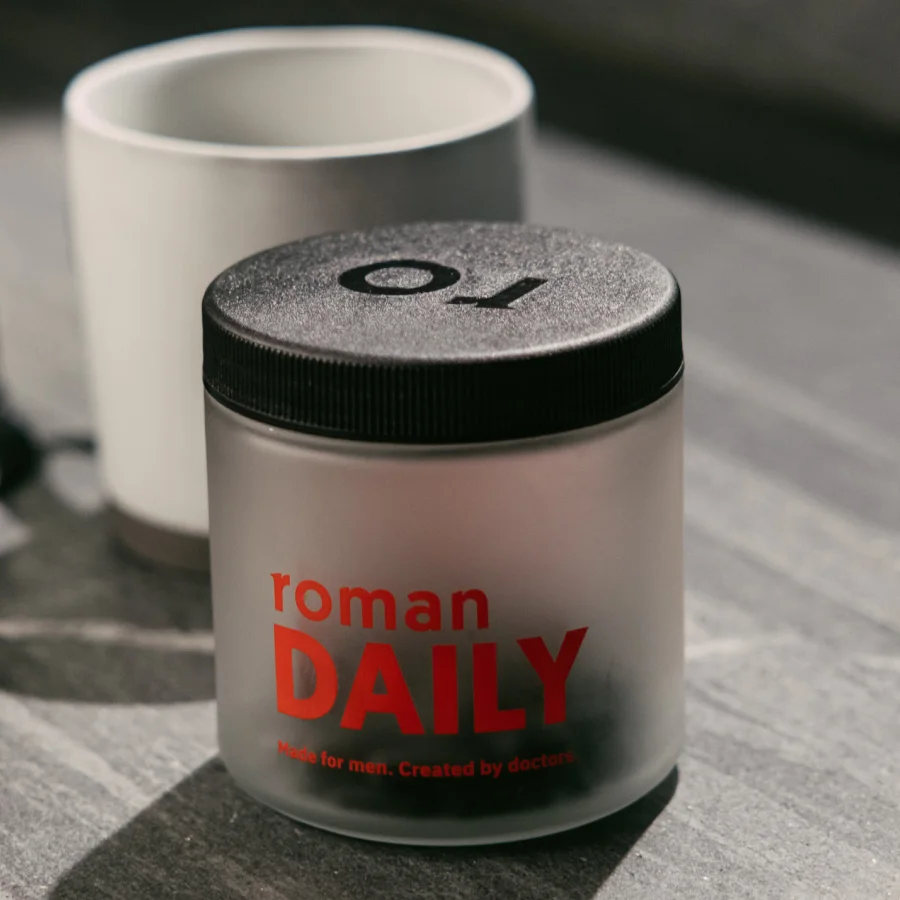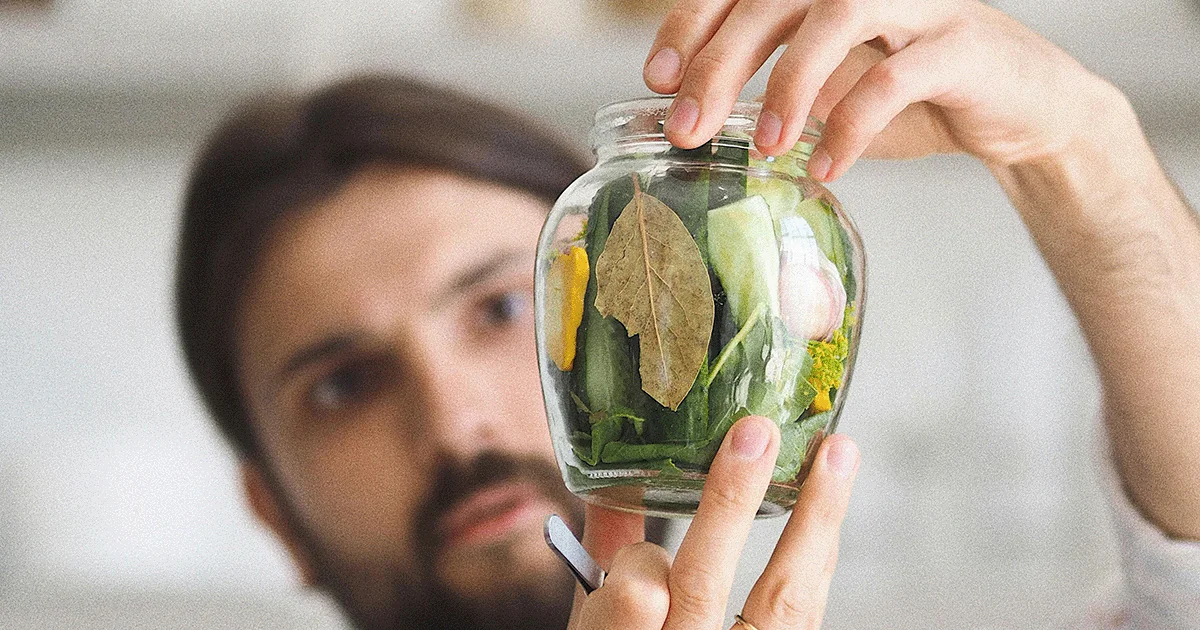Here's what we'll cover
Here's what we'll cover
Vitamin B12 is an essential vitamin, meaning your body can’t produce it on its own, and you need to get it through your diet. It helps turn food into energy, build DNA, and create red blood cells (O’Leary, 2010; Amin, 2021). So, making sure that you include vitamin B12 foods into your diet is important.
But how much B12 should you strive for daily? And what are some of the most popular B12 foods to reach that number? Let’s find out.
Vitamin B12 foods: how much should you eat?
Like other essential vitamins, your body needs vitamin B12 to function well. It is responsible for a whole host of things that you need to live a happy and healthy life, including helping your brain function properly. That’s why it’s important to meet the recommended daily amount (RDA) of vitamin B12 (O’Leary, 2010).
The RDA of vitamin B12 is 2.4 micrograms (mcg) for adults (NIH, n.d.). By eating the right B12 foods, you can reach that recommendation just through your diet—even if you are a vegan or vegetarian. Vitamin B12 is found naturally in animal-derived foods, but a synthetic version can be added to fortify plant-based foods.
The best b12 foods
Here are the best vitamin B12 foods to eat (and yes, this list includes plant-based options!).
1. Beef liver
Organ meat is inexpensive and is loaded with nutrients. And beef liver is hands down one of the highest food sources of vitamin B12. A 3 oz serving of beef liver contains 70.6 mcg, which is 2,941 of the daily recommended value (DV) for the nutrient. Veal and lamb liver are similarly high in vitamin B12 (USDA, n.d.).
Liver also packs in large amounts of vitamin A as well minerals like selenium and copper.
Organ meat may not sound like the most appealing menu item, but braising, pan-broiling, and even adding to a stew with peas or potatoes can make liver into a delicious meal.
2. Octopus
This isn’t a food you see on the dinner table daily. Octopus is a common ingredient in Japanese cuisine, but it’s also available in grocery stores and fish markets in the United States. A 3 oz serving of octopus contains 30.6 mcg of vitamin B12, a still impressive 1,275% of the DV. It also contributes potassium, phosphorus, and magnesium to the diet, as well as 25 g of protein per serving (USDA, n.d.).
Cooking octopus may feel intimidating, but it’s easy to boil (about 45 minutes to an hour), then grill, or add into dishes from there.
3. Nutritional yeast
Nutritional yeast packs a powerful plant-based punch of vitamin B12.
It is a deactivated form of yeast commonly used in baking that is flakey and yellowish and is used as a vegan alternative to cheese and cheese flavoring. It’s fortified with vitamin B12 and provides about 17.6 mcg or 730% of the DV for a quarter-cup serving. It’s also fortified with the other B vitamins, including vitamin B6, riboflavin, thiamin, and niacin (USDA, n.d.).
Nutritional yeast can be sprinkled on salads or popcorn or turned into a cheese sauce.
4. Clams
A 4 oz serving of clams (without the shells) provides almost 15 mcg or over 600% of the daily value of vitamin B12. They are also a good source of iron and are a great low-calorie (118 calories), high protein (20 g) choice for lunch or dinner (USDA, n.d.).
These small, chewy shellfish are packed with nutrients that shouldn’t always be clouded by deep-frying or adding to a heavy chowder. Try steaming with garlic and lemon juice (which also helps with iron absorption), fresh herbs, and olive oil.
5. King crab
King crab sure reigns pretty high when it comes to vitamin B12.
A 3 oz serving of crab legs provides 9.8 mcg or 408% of the DV while contributing 16.5 g of protein and only 82 calories. Crab is also a rich source of minerals like zinc, copper, and selenium (USDA, n.d.).
Crab shells may be cumbersome to crack, but the meat is soft and squishy and tends to absorb the flavor of what it’s served with.
6. Bluefin tuna
Bluefin tuna provides 9.1 mcg of vitamin B12—385% of the DV for the nutrient (USDA, n.d.). It’s also a great source of omega-3 fatty acid fish oils, which are beneficial for supporting heart health (Gammone, 2018).
Bluefin tuna is primarily eaten raw in sushi or sashimi. So, it’s in pretty high demand and can be pricey. But it’s much higher in vitamin B12 than other varieties of tuna commonly found in grocery stores (like white, yellowfin, or albacore). For example, a 3 oz serving of canned white tuna only offers 41% of the daily value, which is much lower than its bluefin counterpart (USDA, n.d.).
All tuna in any form (sushi, steak, or canned) will offer vitamin B12, healthy fish oils, and protein. Choose one that fits your taste preferences and budget. Canned tuna makes for a great lunch when mixed with some olive oil and lemon juice and layered on a whole-grain piece of toast and fresh vegetables.
7. Mackerel
Mackerel is the name for more than 30 species of fatty fish. For a 3 oz serving, mackerel provides 16.2 mcg of vitamin B12 or 675%. Like tuna, mackerel is a great source of omega-3 fats and contains selenium, vitamin A, and potassium (USDA, n.d.).
The flavor is milder than other oily fish, like salmon. Mackerel pairs well with lemon, dill, garlic, and parsley and can be roasted, broiled, or pan-seared.
8. Salmon
Salmon is another fatty fish that boasts high amounts of vitamin B12. A 3 oz serving of this pink, fatty fish contains 99% of the DV of vitamin B12. Just like tuna, it’s a good source of omega-3 fats. Salmon is also high in vitamin D (around 70% of the DV) and selenium (USDA, n.d.).
Salmon fillets cook quickly and make for an easy weeknight dinner. Canned salmon is a great option for adding to salads or pairing with crackers.
9. Lamb
While lamb liver is especially high in vitamin B12, lamb meat is another great option. A 3 oz serving of lamb contains 2.2 mcg of vitamin B12, just shy of the daily recommended amount. It also offers around 10% of the recommended amount of iron (USDA, n.d.).
Lamb is not the leanest meat—totaling 241 calories per serving with almost 17 g of fat—but a lamb roast paired with vegetables and whole grains makes for a nutritious, satisfying meal.
10. Fortified soymilk
Soy products are a great plant-based protein choice because they contain all nine essential amino acids (the building blocks of protein). One cup of soymilk is typically fortified with around 2.1 mcg of vitamin B12 or around 87% of the DV. Soy milk is also fortified with calcium and vitamin D (USDA, n.d.).
Soy is a great option to meet your daily vitamin B12 recommendation, especially if you avoid or eat small amounts of animal products.
11. Fortified tempeh
Tempeh is another soy product that offers vitamin B12.
It’s a traditional Indonesian food made from fermented soybeans and resembles a dense cake or a loaf. The fermentation process creates some vitamin B12, and some brands may even fortify tempeh with more. Estimates are that, per 100 g serving, the vitamin B12 content may range from 0.7-8.0 mcg (i.e., ranging from a third to well over the daily recommended amount) (Watanabe, 2014).
Check the package of tempeh to see how much vitamin B12 there is before buying, and select a brand with a higher quantity. Tempeh can be eaten cooked or uncooked on sandwiches, salads, or on its own.
12. Yogurt
Dairy products are a good source of vitamin B12, especially yogurt. A 7 oz (about one single-serve container) of plain, low-fat Greek yogurt provides just over 1 mcg or 43% of the DV of vitamin B12. And the body may more easily absorb vitamin B12 from yogurt in comparison to other vitamin B12-containing foods (Vogiatzoglou, 2009). Yogurt is also a great source of protein and other vitamins and minerals like calcium, potassium, riboflavin (vitamin B2).
Yogurt makes for a great sweet or savory meal or snack. Look for low or no added sugar options.
13. Eggs
Eating two large eggs gives you about 0.92 mcg (38% DV) of vitamin B12. More of the egg’s vitamin B12 is in the yolk compared to the skin (USDA, n.d.). So, whip up the whole egg to get the most vitamin B12.
Having two whole eggs also gives you 12 g of protein and vitamins A, D, E, K, and other B vitamins. And you’d be missing out on quite a few of these nutrients as well without the yolk.
Ensuring you’re getting enough vitamin B12
Eating a diet rich in B12 foods can help increase your vitamin B12 levels and prevent a vitamin B12 deficiency.
People who exclude some or all animal foods from their diet—like those following a vegetarian or vegan diet—, older adults, or those with conditions like Crohn’s disease are more likely to have lower levels of vitamin B12. But B12-fortified foods make it possible to still meet the recommended daily amount through diet alone (Langan, 2017).
If you have concerns that you’re still not getting enough vitamin B12 through food alone, or maybe you're on medication that depletes the vitamin, talk to a healthcare professional about the possibility of adding vitamin B12 supplements to your routine. Otherwise, try adding some of these foods to your next shopping list.
DISCLAIMER
If you have any medical questions or concerns, please talk to your healthcare provider. The articles on Health Guide are underpinned by peer-reviewed research and information drawn from medical societies and governmental agencies. However, they are not a substitute for professional medical advice, diagnosis, or treatment.
Amin, A. S. M. A. (2021). Vitamin B12 (cobalamin) . [Updated Aug 18, 2021]. In: StatPearls [Internet]. Retrieved on Nov. 10, 2021 from https://www.ncbi.nlm.nih.gov/books/NBK559132/
Gammone, M. A., Riccioni, G., Parrinello, G., & D'Orazio, N. (2018). Omega-3 Polyunsaturated Fatty Acids: Benefits and Endpoints in Sport. Nutrients , 11 (1), 46. doi: 10.3390/nu11010046. Retrieved from https://pubmed.ncbi.nlm.nih.gov/30591639/
Koury, M. J., & Ponka, P. (2004). New insights into erythropoiesis: the roles of folate, vitamin B12, and iron. Annual Review of Nutrition , 24 , 105–131. doi: 10.1146/annurev.nutr.24.012003.132306. Retrieved from https://pubmed.ncbi.nlm.nih.gov/15189115/
Langan, R., & Goodbred, A. (2017). Vitamin B12 deficiency: recognition and management. American Family Physician, 96 (6), 384–389. Retrieved from https://www.aafp.org/pubs/afp/issues/2017/0915/p384.html
O'Leary, F., & Samman, S. (2010). Vitamin B12 in health and disease. Nutrients , 2 (3), 299–316. doi: 10.3390/nu2030299. Retrieved from https://pubmed.ncbi.nlm.nih.gov/22254022/
U. S. Department of Agriculture (USDA). (n.d.). Fooddata Central . Retrieved October 27, 2021 from https://fdc.nal.usda.gov/
U.S. Department of Health and Human Services (NIH). (n.d.). Office of dietary supplements - vitamin B12 . Retrieved November 2, 2021 from https://ods.od.nih.gov/factsheets/VitaminB12-HealthProfessional/
Vogiatzoglou, A., Smith, A. D., Nurk, E., Berstad, P., Drevon, C. A., Ueland, P. M., et al. (2009). Dietary sources of vitamin B-12 and their association with plasma vitamin B-12 concentrations in the general population: the Hordaland Homocysteine Study. The American Journal of Clinical Nutrition , 89 (4), 1078–1087. doi: 10.3945/ajcn.2008.26598. Retrieved from https://academic.oup.com/ajcn/article/89/4/1078/4596726
Watanabe, F., Yabuta, Y., Bito, T., & Teng, F. (2014). Vitamin B12-containing plant food sources for vegetarians. Nutrients , 6 (5), 1861–1873. doi: 10.3390/nu6051861. Retrieved from https://pubmed.ncbi.nlm.nih.gov/24803097/










